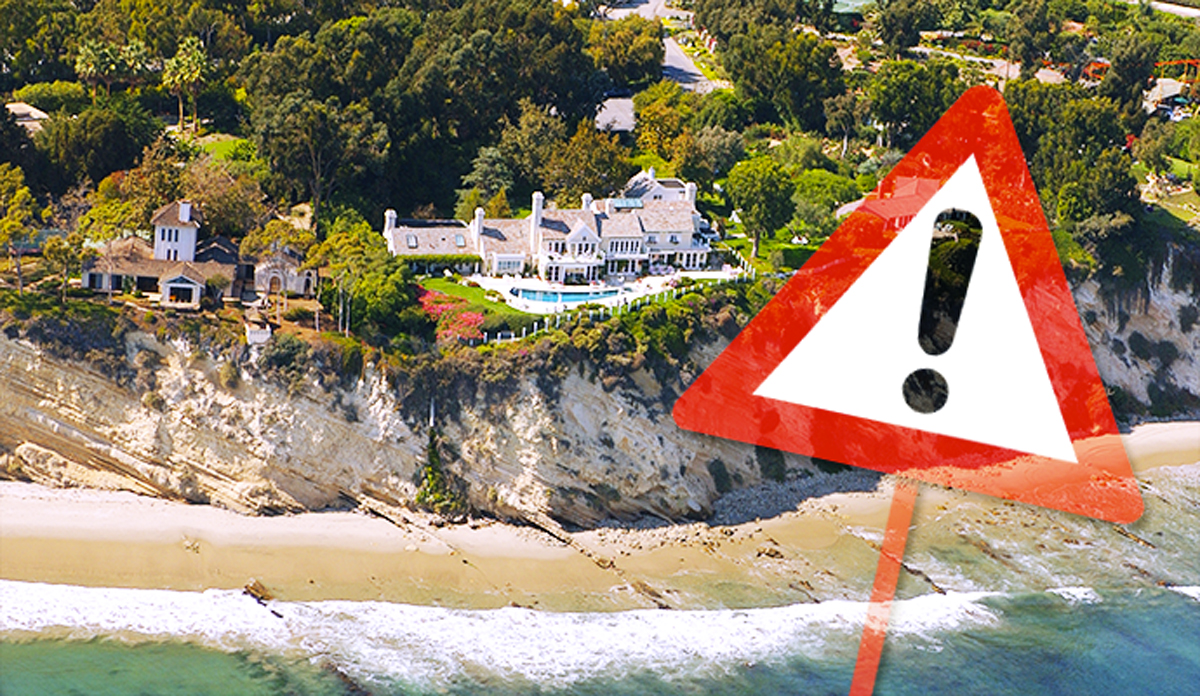Trending
SoCal’s sea level rise will put prime properties at risk: report
US Geological Survey's findings include areas that have seen significant residential development

Oceanfront real estate is some of the most beautiful and valuable in Southern California, but sea level rise in the coming decades has the potential to flood much of that prime land.
The U.S. Geological Survey projected that the cliffs in areas from San Diego through Los Angeles to Point Conception could recede by as much as 135 feet by 2100, according to the Los Angeles Times.
That means real estate in tony areas like Palos Verdes and Malibu could feel the impact of rising waters. Those spots could also be made unsafe by landslides or erosion, according to the report, with the increased risk sending home values plummeting. Roads and other infrastructure in those communities could also be at risk.
A separate study recently found that Central California has the highest level of property tax revenue at risk among U.S. municipalities, with a high likelihood of chronic flooding in the next 12 years. That is followed by the coastal Hamptons in Long Island, New York.
Still, buyers are gobbling up beachside real estate.
Besides the eight-figure deals going down along SoCal’s cliffs and beaches, there are record nine-figure closings in high risk areas like Malibu. A billionaire couple made the biggest buy in L.A. County history in April when they paid $110 million for Hard Rock Café founder Peter Morton’s Carbon Beach beach house. NBC executive Ron Meyer wants to sell his Paradise Cove home for $125 million.
The Geological Survey’s projection is based on sea level rise between 0.5 and 2 meters, and might actually be on the conservative side if California lawmakers are correct in predicting a three-meter rise over the next century. The study incorporated five previous erosion models and historical erosion rates to inform the conclusion. [LAT] — Dennis Lynch




